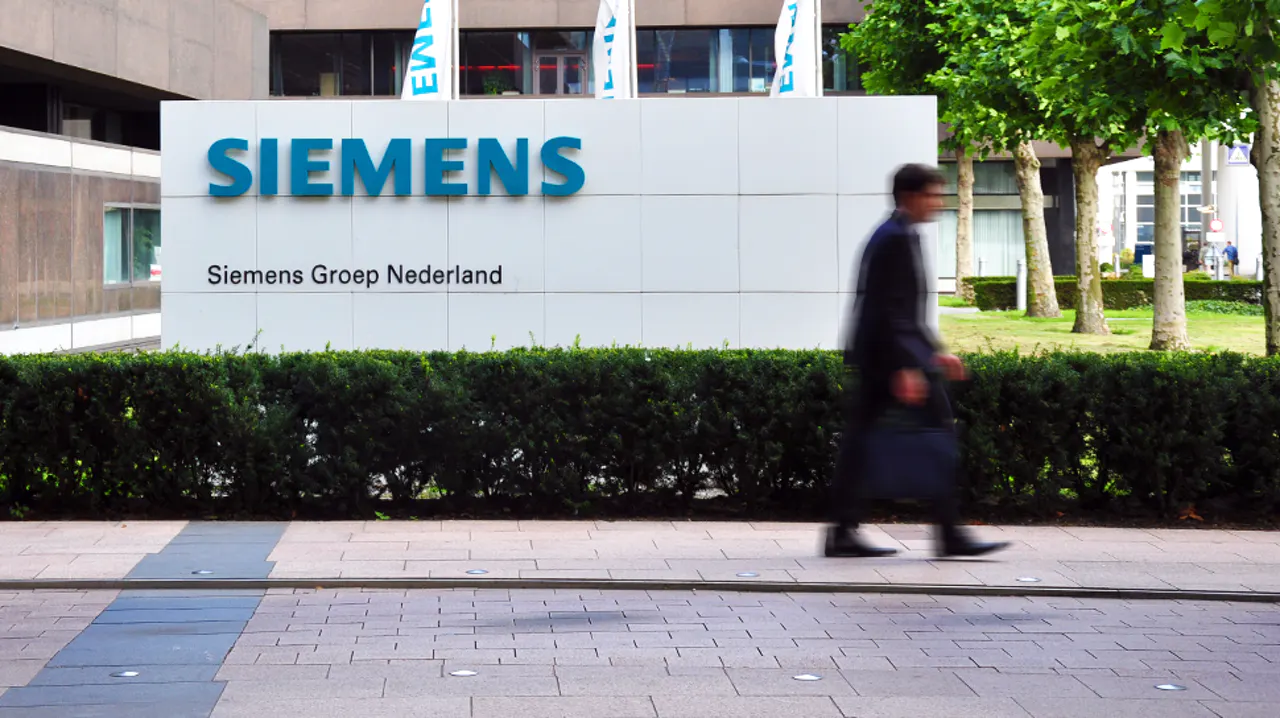LinkedIn InMails are a powerful tool for connecting outside your network. But the platform’s limitations can be frustrating, especially when you’re trying to make an impact with targeted messages. Fortunately, there are smart strategies to get more out of your InMails and create virtually unlimited connections. A few years ago, I tried to reach an important prospect on LinkedIn, but without success. My connection request went unanswered and I couldn’t send a message. Then I discovered InMail, a powerful LinkedIn feature that allows you to send messages directly to people outside your network.
Understand the InMail system
InMail is a premium feature of LinkedIn that allows you to send messages to people you are not (yet) connected to. This is especially useful for recruiters, sales professionals and marketers who want to get in touch with potential customers, candidates or partners. With a premium LinkedIn account, you receive a number of InMail credits every month. You use these credits to send messages to people outside your network. If your message is answered, you get the credit back. This makes it important to send relevant and well-personalized messages. Your InMail credits are replenished every month. Depending on your subscription, you get:
- Premium Career: 5 credits
- Premium Business: 15 credits
- Sales Navigator Core: 50 credits
- Recruiter Lite: 30 credits
Strategies for sending unlimited InMails
- Create relevant and personalized messages
Impersonal, generic messages are often ignored. Research your recipient: look at their profile, recent activity, or shared connections. Use these insights to craft a message that resonates with their interests.
Example: “Hi [Name], I saw your post about [topic]. Interesting to see how you [their approach]. This resonates with my experience with [your expertise]. I’d love to hear how you tackled this!” - Target active LinkedIn users
The more active someone is on LinkedIn, the more likely they are to respond. You can see this by looking at recent posts, comments, or updates.
Tip: Use LinkedIn Sales Navigator to filter users by activity and industry. - Start a meaningful conversation
Don’t start your InMail with an offer or request right away. Offer value first, like a relevant article or insight. This lowers the barrier to response and increases the chance that you’ll get your credit back. - Combine InMails with connection requests
First, send a connection request with a short personal message. Once the connection is accepted, you can send messages right away without using InMail credits.
Example: “Hi [Name], great to see your work in [industry]. I’d love to add you to my network!”
Tip: Use your credits strategically and target people who are likely to respond. The better your messages, the more credits you keep!
LinkedIn Sales Navigator: Reach the right people
- LinkedIn Sales Navigator: Reach the right people
With advanced search filters and lead recommendations, Sales Navigator helps you find the right prospects faster. Combine this with a CRM such as HubSpot or Salesforce, so that your follow-up is structured and efficient.
✅ Tip: Create lists of interesting leads and use InMail strategically to start connections. - CRM integrations: structured follow-up
A good CRM system keeps your pipeline organized and automates tasks such as follow-ups and email sequencing. Connect your LinkedIn activities to your CRM, so that you never miss an opportunity.
✅ Example: Use Zapier to automatically send leads from LinkedIn to your CRM. - Engagement pods and external tools: increase your reach
Do you want more interaction on your posts? Engagement pods are groups in which people like and comment on each other’s content to influence the algorithm. Tools such as Shield Analytics provide insight into your LinkedIn performance.
Strategies for sending unlimited InMails
- Create relevant and personalized messages
Impersonal, generic messages are often ignored. Research your recipient: look at their profile, recent activity, or shared connections. Use these insights to craft a message that resonates with their interests.
Example: “Hi [Name], I saw your post about [topic]. Interesting to see how you [their approach]. This resonates with my experience with [your expertise]. I’d love to hear how you tackled this!” - Target active LinkedIn users
The more active someone is on LinkedIn, the more likely they are to respond. You can see this by looking at recent posts, comments, or updates.
Tip: Use LinkedIn Sales Navigator to filter users by activity and industry. - Start a meaningful conversation
Don’t start your InMail with an offer or request right away. Offer value first, like a relevant article or insight. This lowers the barrier to response and increases the chance that you’ll get your credit back. - Combine InMails with connection requests
First, send a connection request with a short personal message. Once the connection is accepted, you can send messages right away without using InMail credits.
Example: “Hi [Name], great to see your work in [industry]. I’d love to add you to my network!”
Boost your chances with smart tools
- LinkedIn Sales Navigator: Reach the right people
With advanced search filters and lead recommendations, Sales Navigator helps you find the right prospects faster. Combine this with a CRM such as HubSpot or Salesforce, so that your follow-up is structured and efficient.
✅ Tip: Create lists of interesting leads and use InMail strategically to start connections. - CRM integrations: structured follow-up
A good CRM system keeps your pipeline organized and automates tasks such as follow-ups and email sequencing. Connect your LinkedIn activities to your CRM, so that you never miss an opportunity.
✅ Example: Use Zapier to automatically send leads from LinkedIn to your CRM. - Engagement pods and external tools: increase your reach
Do you want more interaction on your posts? Engagement pods are groups in which people like and comment on each other’s content to influence the algorithm. Tools such as Shield Analytics provide insight into your LinkedIn performance.
How to Send an InMail
Sending an InMail is simple, but using it effectively requires a strategic approach. Be personal, relevant, and short, and you’ll increase your chances of a successful connection. Want to use InMail effectively? Follow these simple steps to send a message:
- Go to your recipient’s profile: Search LinkedIn for the person you’re reaching out to. This works best if you have a clear reason to connect.
- Use the message page or conversation windows: You can also send an InMail via the LinkedIn message page or directly in a chat window if you’ve been in touch before.
- Click ‘More’ in the introduction section: In your recipient’s profile, you’ll see a button that says ‘More’. Click this to open additional options.
- Select ‘Message [Message Name]’: This will open a new window where you can type your InMail.
- Enter a subject (optional, but recommended): A strong subject line can increase the chances of your message being read. Keep it short and relevant.
Example:
🚀 “An idea to help [business] grow?”
🤝 “Joint connections and an opportunity to collaborate?” - Type your message and keep it to the point: Write a short, relevant, and personal message. Avoid long texts or pure sales pitches.
✅ Example:
“Hi [Name], I saw that you’re active in [industry] and found your recent post on [topic] interesting. I have an idea that might be valuable to you. Are you open to a quick call?” - Hit Send: Double-check your message and hit send. Now, wait for a response!
Targets and KPIs
Want to improve your InMail results? Focus on these KPIs:
- Open rate – Make sure your message is read.
- Response rate – More responses through personalization and strong CTAs.
- Conversion rate – More appointments and deals.
- Efficient use of credits – Don’t waste InMails on inactive accounts.
- Network growth – Build lasting relationships through LinkedIn.
Want an InMail strategy with high response and minimal waste? If you have any questions, please contact us!














